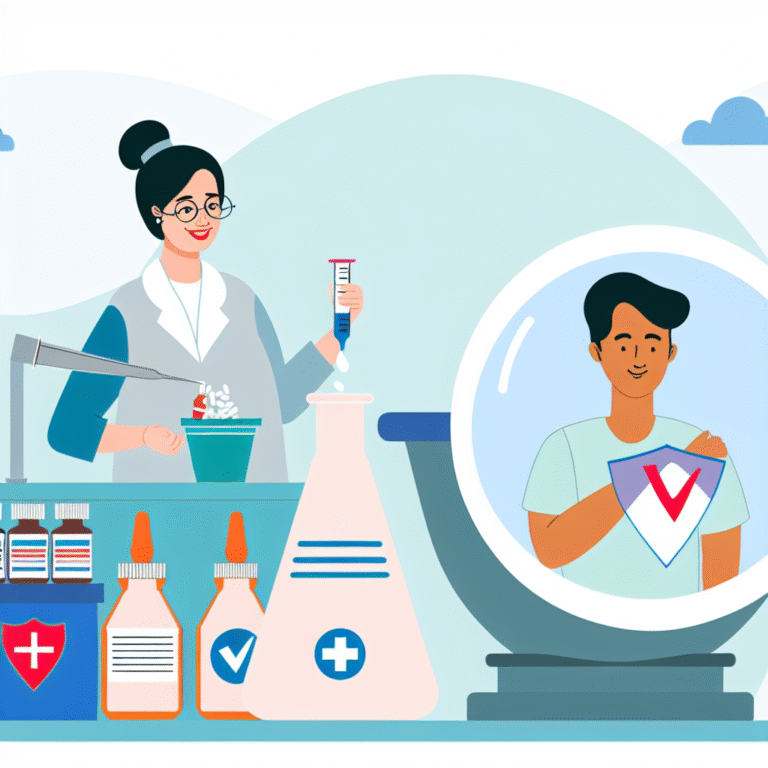The Vital Role of Pharmacovigilance: Ensuring Drug Safety and Patient Welfare
Blog Post: The Important Job of Pharmacovigilance: Keeping Drugs Safe and Helping Patients
Introduction
Pharmacovigilance is an important part of healthcare that often gets overlooked. It helps make sure drugs are safe and that patients are taken care of. With new medicines coming out all the time, it’s super important to keep an eye on them to make sure they work well and don’t cause harm. In this blog post, we’ll talk about what pharmacovigilance is, why it’s important, how it works, and what the future might hold for making drugs even safer.
What is Pharmacovigilance?
Pharmacovigilance is the science of keeping track of medicine safety. It involves a few key tasks:
– Watching out for bad reactions to medications
– Checking and managing risks
– Teaching people about drug safety
– Working with government groups to ensure safety rules are followed
– Studying how drugs work in real life after they’re sold
History of Pharmacovigilance
Pharmacovigilance started in the 1960s because of a medicine problem called the thalidomide tragedy. Some big steps in pharmacovigilance history include:
1. The World Health Organization started a special drug safety monitoring program.
2. Different countries began using systems where people could report problems with drugs.
3. Technology has made it easier to collect and study drug safety data with things like electronic health records.
How Does Pharmacovigilance Work?
Collecting Data
Getting information about drug safety comes from:
1. Clinical trials and studies after drugs are sold
2. Reports from doctors and patients
3. Looking at studies and information online
Data gathered includes:
– Bad reactions to drugs
– Mistakes with medications and how they might interact with other drugs
– Complaints about drug quality
It’s really important to keep patient information private and make sure they agree to share it.
Analysis
Experts in pharmacovigilance use different ways to find and study signals of problems with drugs. This includes:
1. Using tools and programs to find signals in data
2. Looking closely at the good vs. bad effects of a drug
3. Applying ways to reduce risks
Taking Action and Communicating
If pharmacovigilance sees problems, it can lead to:
– Drugs being banned or taken off the market
– Sending out safety warnings
– Updating labels with new safety info
It’s very important for drug companies to share this information quickly with doctors and the public.
Challenges in Pharmacovigilance
Handling Lots of Data
Dealing with a lot of information can be hard, such as:
– Bringing together different data sources for a full picture
– Making sure the data collected is right and useful
Working Together Globally
Different countries have different rules, so it’s important to:
1. Make sure global practices match up for consistency
2. Work together to solve worldwide drug safety challenges
New Risks
As new drug technologies arrive, there might be new or rare reactions. To handle these, we need to:
1. Watch new tech like gene therapies
2. Check the safety of new drug types like biologics
The Future of Pharmacovigilance
New technology is exciting and might help us, such as:
1. Using artificial intelligence to predict issues
2. Real-time systems to spot problems immediately
3. Blockchain for secure data tracking
Involving Patients
We can make patients more part of the process by:
– Getting their feedback on drug experiences
– Using social media and other digital tools for information and talking
Regulatory Developments
Rules are changing to make pharmacovigilance better, including:
1. Trying to make global practices similar
2. Updating laws to take on new challenges
3. Making sure there’s transparency and accountability
Why Pharmacovigilance is Important for Patients
Successful Examples
Looking at good outcomes from pharmacovigilance shows its value, like:
– Stopping harmful drugs quickly
– Better patient health through risk reduction
Keeping Patients Safe
The main goal of pharmacovigilance is to:
1. Make sure drugs are used safely
2. Build and keep trust in the healthcare system
Conclusion
Pharmacovigilance is a must-have part of healthcare. As we keep finding new ways to improve, sticking to drug safety will help patients and gain their trust. Everyone involved must keep pushing for better pharmacovigilance, keep up with challenges, and use new technology to keep people healthy.
Extra Resources
If you want to know more, check out these resources:
– WHO’s Programme for International Drug Monitoring
– The International Society of Pharmacovigilance
– FDA’s MedWatch Program
For more information or to get involved in pharmacovigilance activities, feel free to contact our team at Pharmacovigilance Foundations. We are here to help you understand the world of drug safety and patient care.





